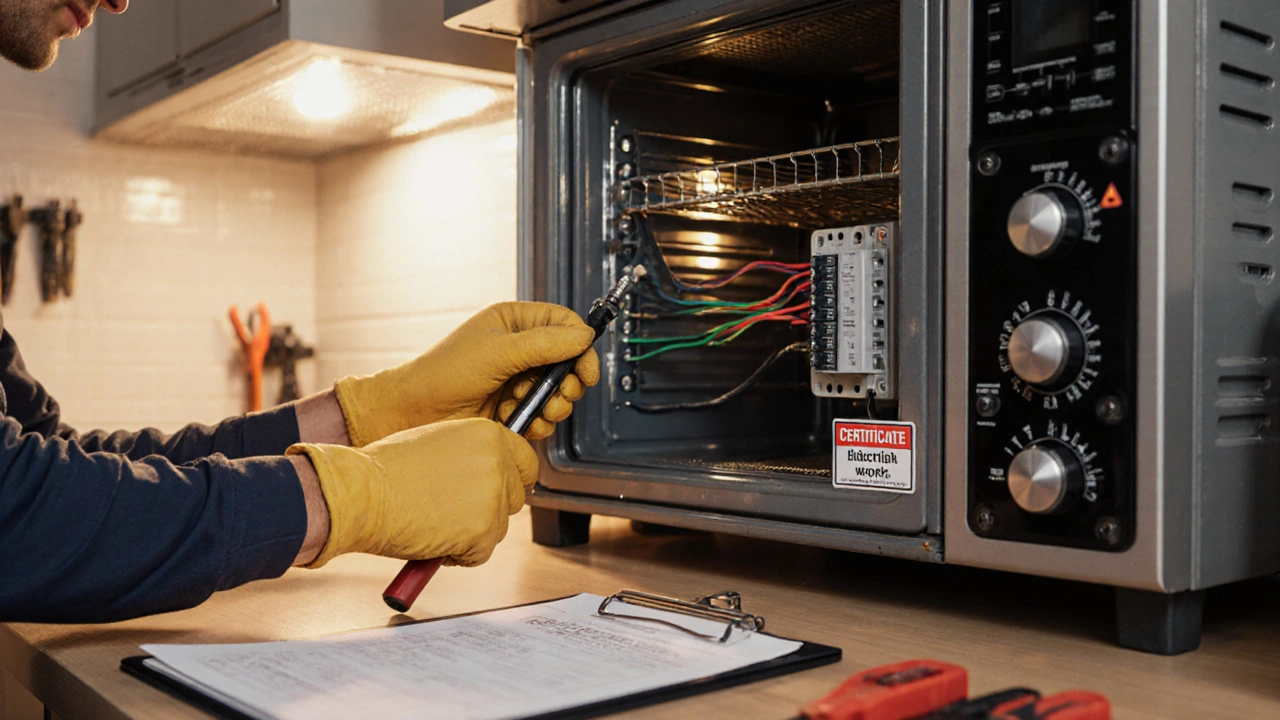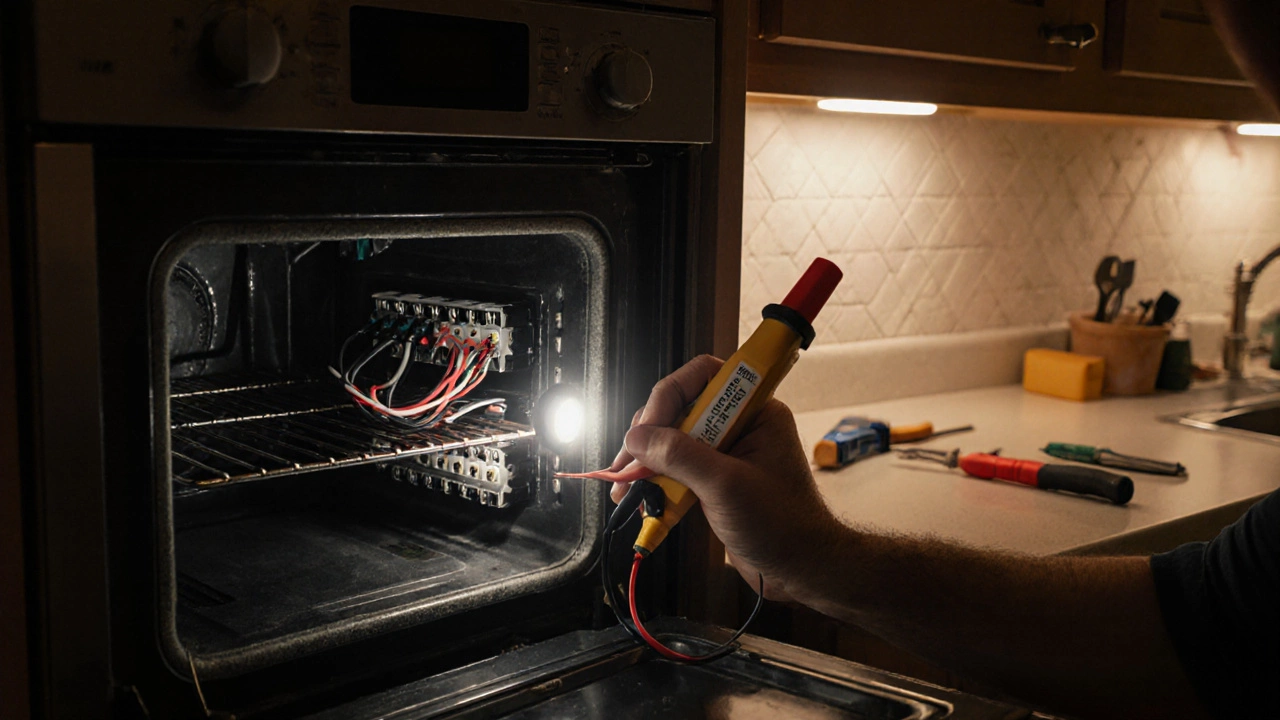Replace Electric Oven: Know the Right Time and How to Do It
Got an electric oven that’s acting up? Before you call a tech, ask yourself: is it cheaper to fix it or to replace it? In many cases, a stubborn oven can be swapped out for a newer model without breaking the bank. Below we walk through the warning signs, cost factors, and practical steps whether you tackle the job yourself or hire a pro.
Key Signs Your Oven Needs Replacing
Not every hiccup means it’s time to toss the whole thing. Look for these red flags that usually point to end‑of‑life:
- Uneven baking or hot spots. If cookies come out burnt on one side and raw on the other, the heating element or thermostat is likely beyond repair.
- Frequent breaker trips. An oven that constantly trips the circuit can be a fire hazard.
- Old age. Electric ovens typically last 10‑15 years. If yours is older and you’ve already spent on several parts, replacement makes more sense.
- Visible rust or damage. Corroded wiring or cracked door seals are expensive to fix.
- Outdated features. Modern ovens offer convection, self‑cleaning, and precise temperature control—upgrading can save energy and time.
When you spot two or more of these, start budgeting for a new unit.
Cost Comparison: Repair vs Replacement
Repair costs vary widely. A bad heating element might run £50‑£120, while a control board can hit £200‑£350. Add labour (£50‑£80 per hour) and you could be looking at £300‑£500 total. A decent mid‑range electric oven costs £300‑£700, and installation usually adds another £100‑£150.
If repair estimates hit 50‑60% of the price of a new oven, replacement is the smarter move. Plus, a new oven comes with a warranty, so you won’t be fixing the same issue again for a few years.
Below is a quick checklist to decide:
- Get a written quote for the repair.
- Check the age of your oven.
- Compare the quote to the price of a similar new model.
- Factor in energy savings from a more efficient oven.
- Consider the hassle of multiple repairs over the next few years.
If the numbers don’t add up, go for a replacement.
DIY Replacement: What You Need to Know
Feeling handy? Swapping an electric oven isn’t rocket science, but you must follow safety steps.
- Turn off power. Switch off the circuit breaker for the kitchen. Double‑check with a voltage tester.
- Measure the space. Make sure the new oven fits the cabinet opening – width, height, and depth matter.
- Prepare tools. You’ll need a screwdriver set, a level, a helper to lift the unit, and possibly a drill for new mounting brackets.
- Disconnect wiring. Note which wires connect to which terminals, then unplug them.
- Slide out the old oven. Use a sturdy strap or a dolly if it’s heavy.
- Install the new oven. Position it, level it, reconnect the wiring exactly as before, and secure it with brackets.
- Test it. Turn the breaker back on and run a quick heat‑up test to confirm everything works.
If any step feels uncertain, stop and call a certified electrician or an appliance technician. Bad wiring can cause fires or damage your home’s electrical system.
Replacing an electric oven doesn’t have to be a nightmare. Spot the warning signs early, run a quick cost comparison, and decide whether to DIY or call in the pros. Either way, you’ll have a reliable oven ready for your next roast, and you’ll avoid costly surprises down the line.
Do I Need an Electrician to Replace an Electric Oven?
0 Comments
Replacing an electric oven isn't a DIY job. Learn why hiring a licensed electrician is required by law in New Zealand, the risks of doing it yourself, and what the process actually involves.
Read MoreIs It Hard to Replace an Electric Oven? A Realistic Guide
0 Comments
Replacing an electric oven is doable with the right tools and care, but it’s not a simple plug-and-play job. Learn the real risks, steps, and when to call a pro.
Read MoreDo You Need an Electrician to Replace an Electric Oven? Essential Guide for Safe Appliance Installation
0 Comments
Thinking of swapping out your electric oven? Learn if you really need an electrician, what hidden risks exist, and the safest way to power up in your kitchen.
Read More

